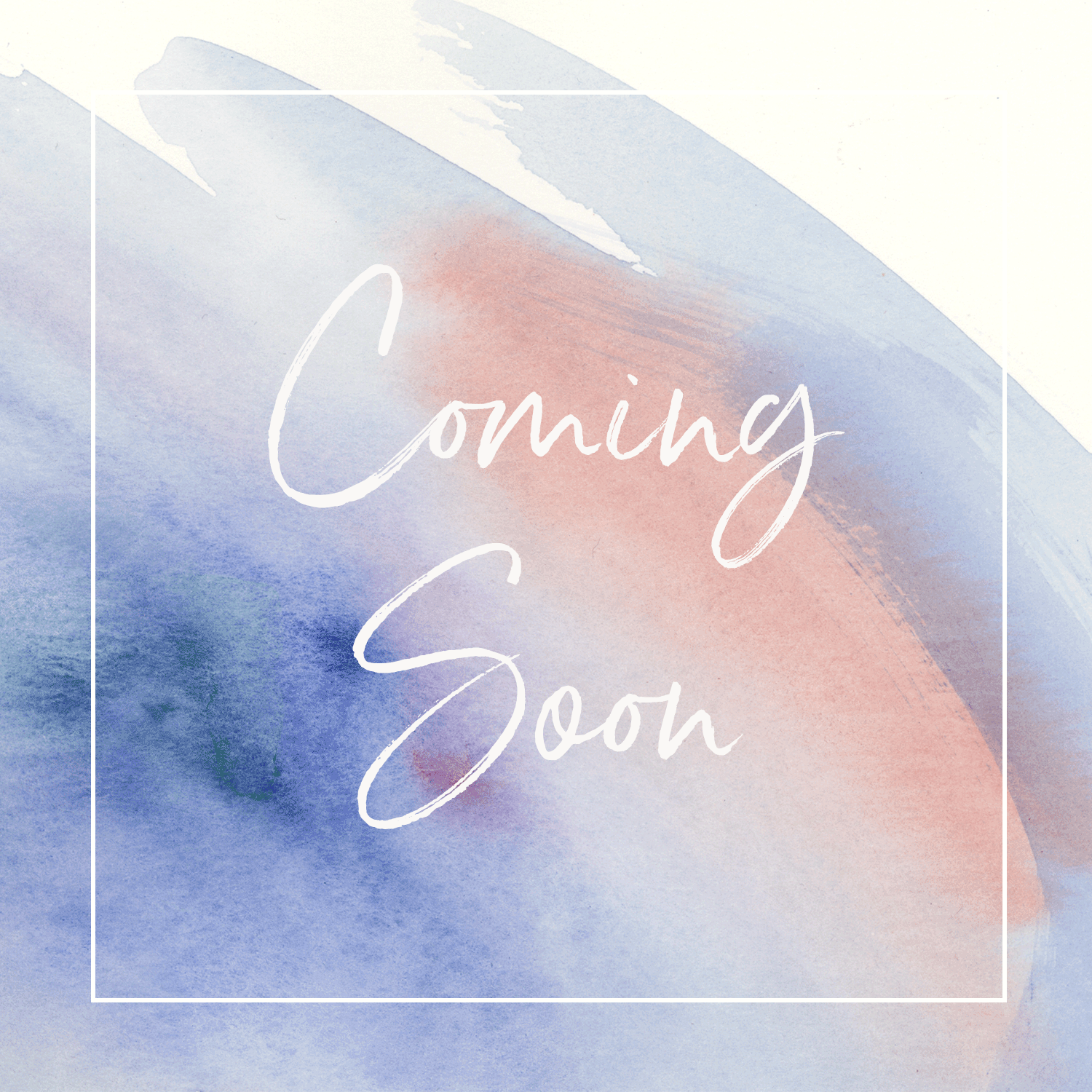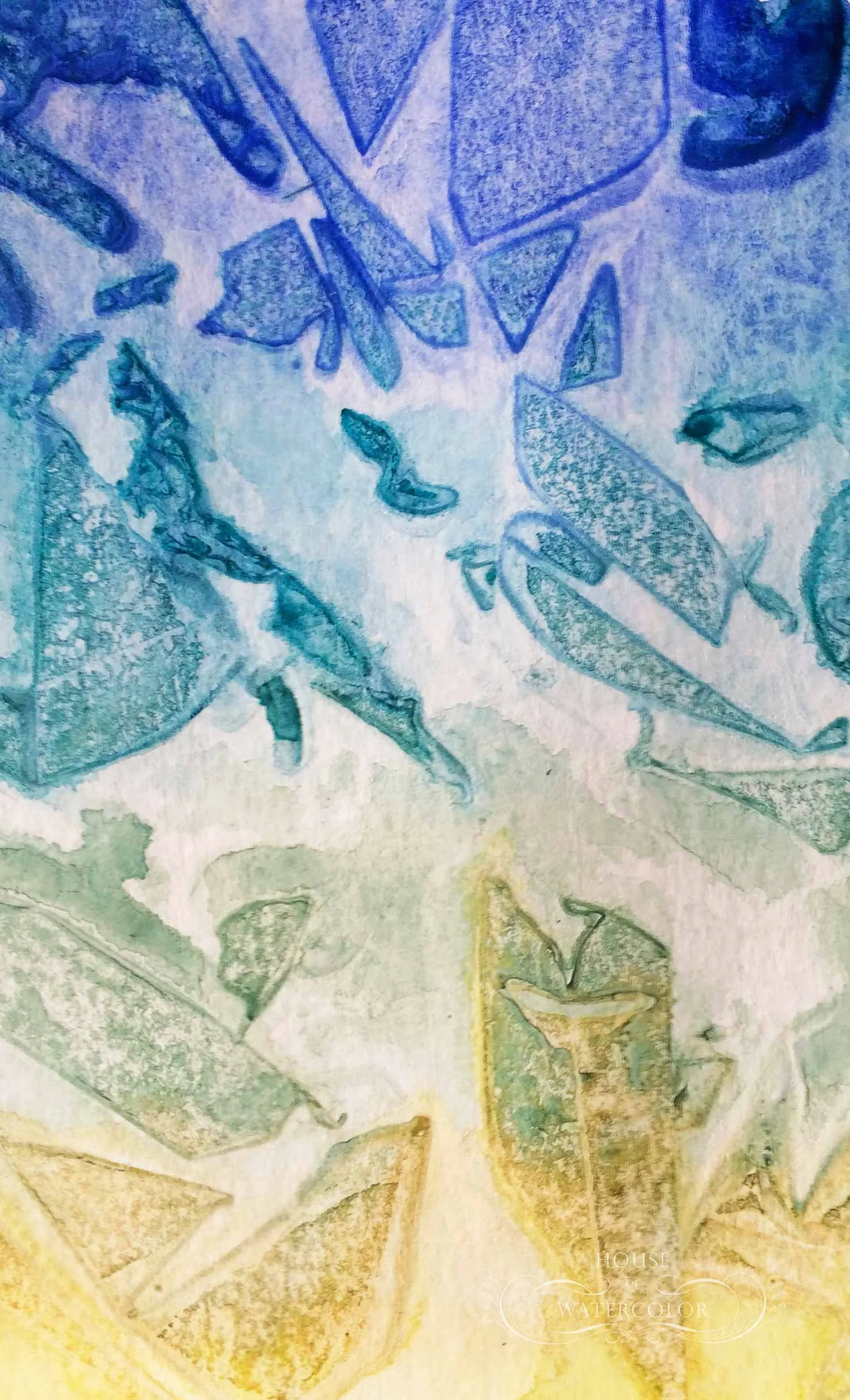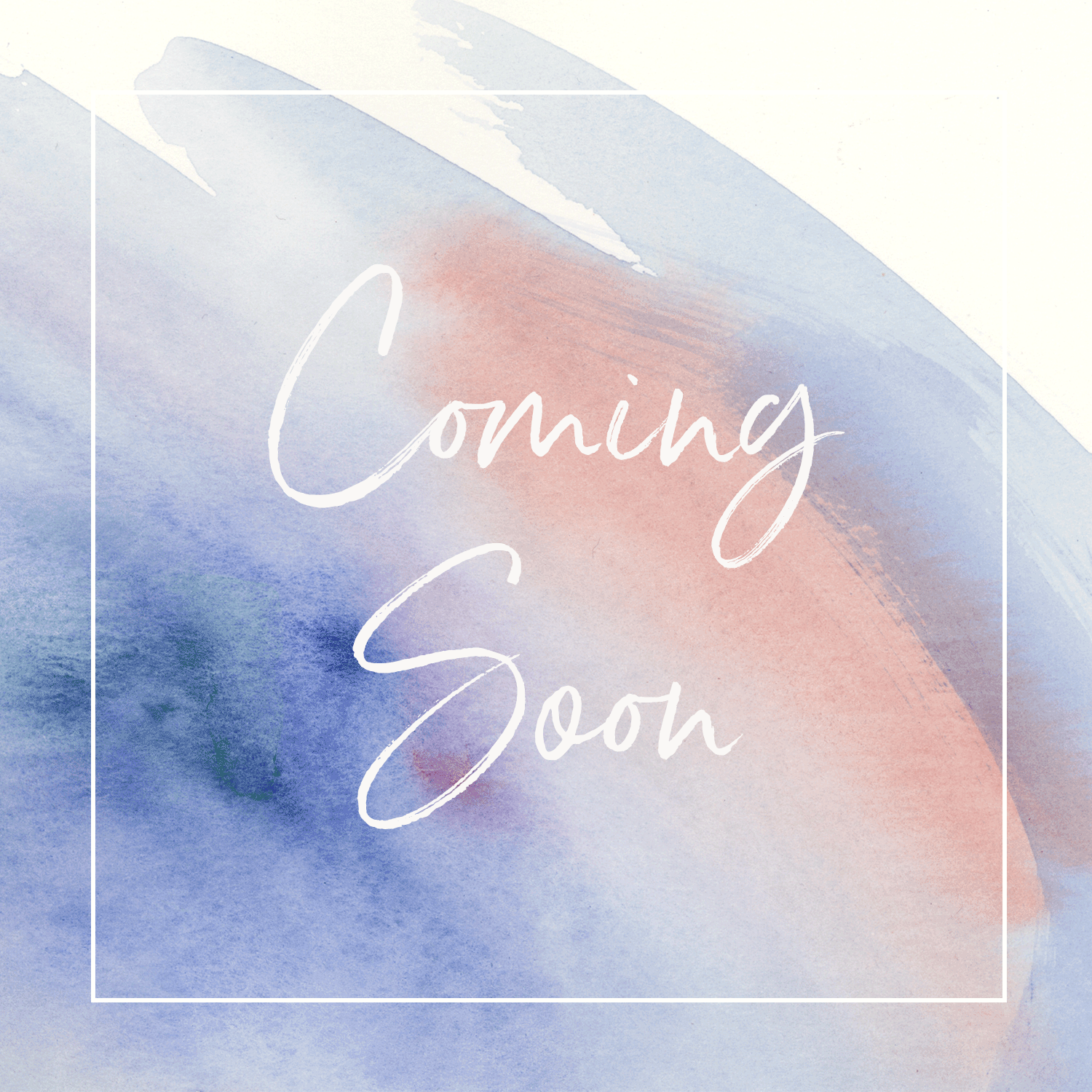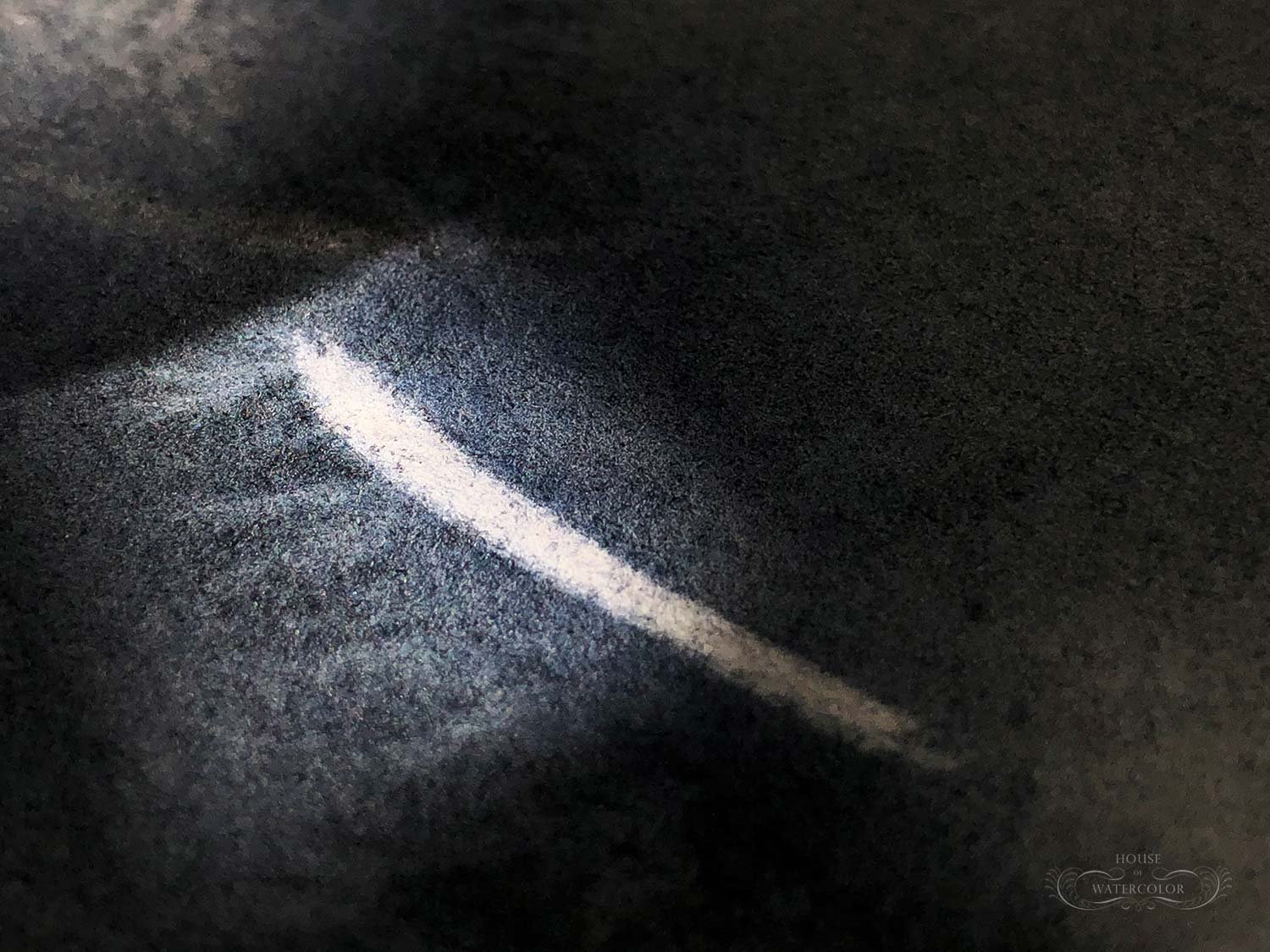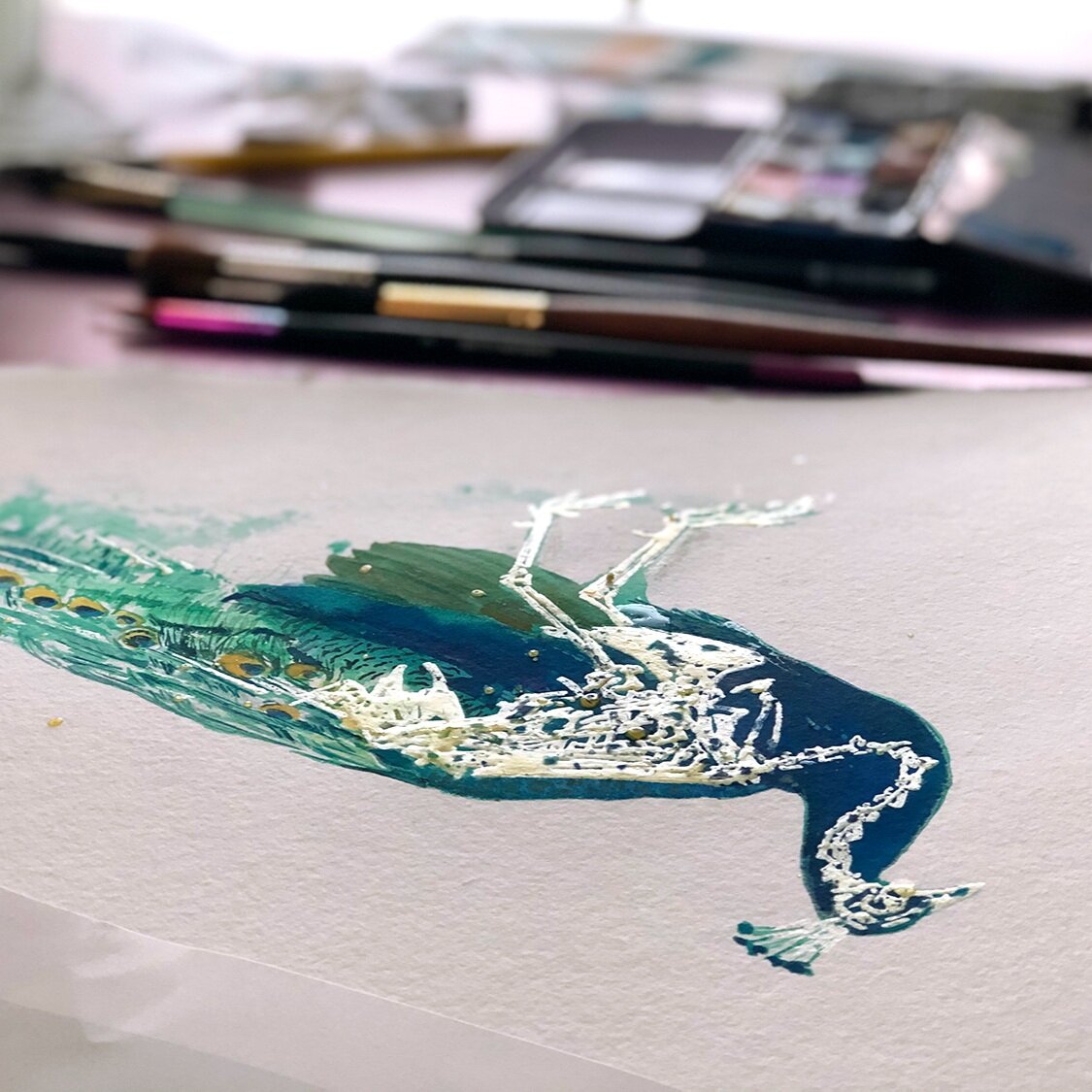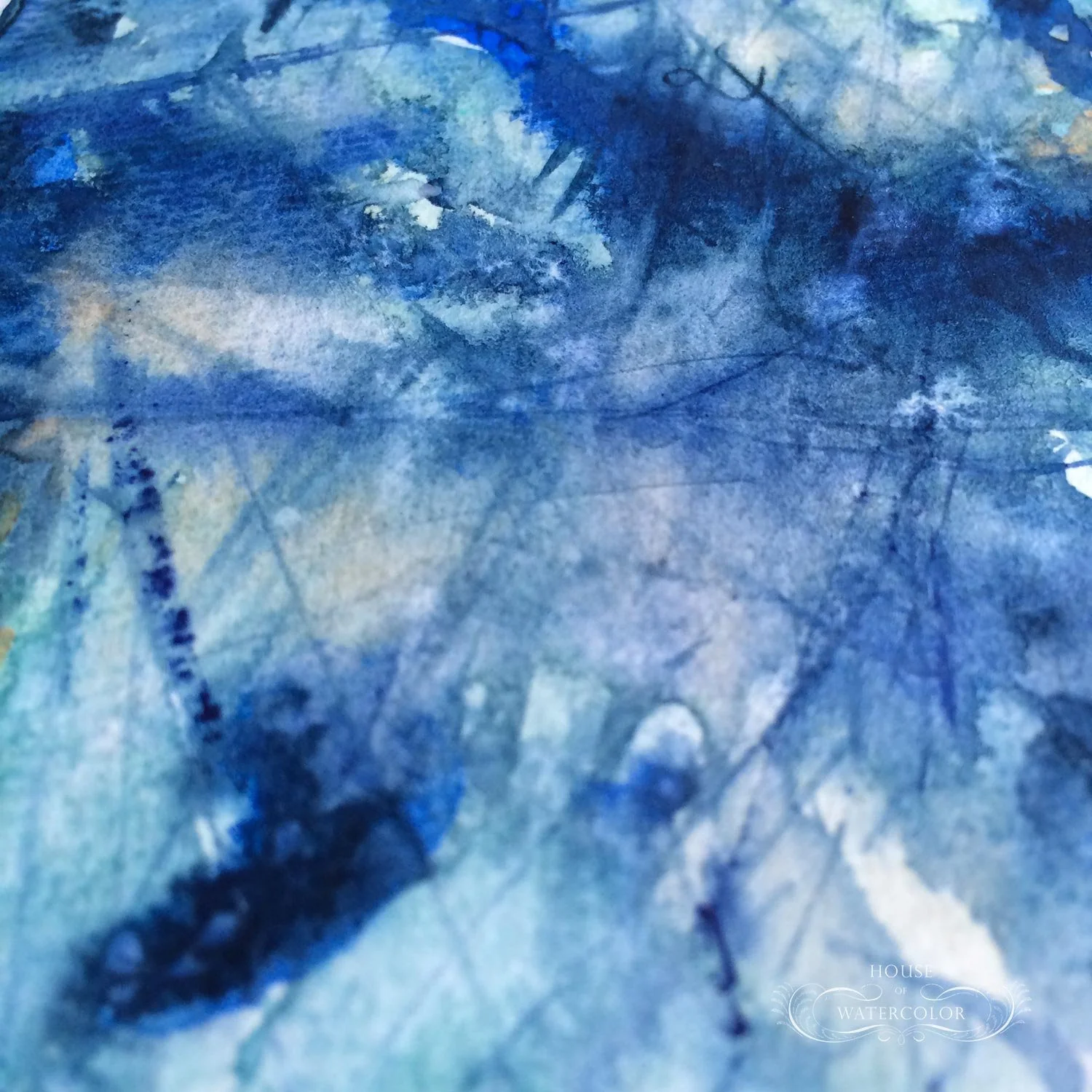WATERCOLOR TECHNIQUES
Backwash "Blossom"
Is it a mistake that needs to be fixed, or a quality of watercolor that can be mastered to work in your favor?
A technique mostly used to create the illusion of foliage in a landscape. However you use it, you are guaranteed some visual interest.
Flat Wash
Considered one of the most difficult techniques to master but, with a few helpful tips and a little practice, we will conquer this difficult technique like a boss!
Glazing
Another one of the most used techniques when painting with watercolor. There are a lot of aspects to this technique that we will be breaking down in detail.
Graded Wash
Similar to a flat wash, but just a little more tricky. This flat wash requires a gradation of one color from light to dark or dark to light.
Add some visual texture to your work with granulation medium. This fluid can be added to non-granulating pigments to create a mottled texture.
One of the most useful techniques to learn. If you made a mistake that needs to be removed, or you need to soften an edge, knowing how to lift is the trick that will save the day!
Masking Fluid
This medium can help save hours of time in the painting process by allowing you to preserve the white of your watercolor paper.
If you are looking to enhance the focus of your subjects or simply desire a more decorative theme, you can add some "pizzaz" with metallics.
Pouring Paint
Often this technique is paired with masking fluid. Preserving areas of your watercolor paper first with masking medium before boldly pouring paint over the surface of your paper.
Instant gratification! This is a fun technique to add to your watercolors especially if you paint a lot of aquatic themed work.
Are you looking to add a little extra "flavor" to your watercolors? Sprinkling salt into your watercolor wash will certainly liven up your painting by creating unique, star-like patterns.
This is an abrasive technique since you are physically scraping off the surface of your watercolor paper to reveal the white fibers underneath. Despite that, it has earned itself a fancy name, “sgraffito.”
Many artists will add this technique to their watercolor work to show off the splashy quality of watercolor. It looks spontaneous, but it still requires a little control.
This technique is the one I break out for beginners. Anyone can do it and have a lot of fun with the process. I consider it a confidence boosting technique.
Variegated Wash
Again, this is similar to a flat or gradated wash, but with this technique you will be gradating from one color to another.
Wax Resist
An often forgotten technique. Let’s see if we can find some interesting ways to incorporate this medium into our watercolor work.
Wet-into-wet
This is always a fun technique to play with. Just as you would guess; this technique requires dropping wet paint into an already wet surface.

